Business aviation market: growth despite sanctions
Business jets transported by 3,2% more passengers last year than in 2016
The business aviation industry of Russia showed a slight but steady growth in 2017. The number of flights increased by 2,5% compared to 2016, and the number of passengers was more than 120,000 people. The trends of the business aviation market, the impact of sanctions on air transportation and flight organization during the World Cup were discussed at The Regional Business Aviation Forum, organized with the support of the Russian United Business Aviation Association (RUBAA), Tulpar Group and the Kazan International Airport. Read the details in the material of Realnoe Vremya.
More than 14k business aviation operators
The success of the first Regional Business Aviation Forum, held in Kazan in 2013, was decided to repeat once again, and five years later the participants in the business aviation market again gathered on the basis of Tulpar Air airline and Tulpar Technic. The organizers of the meeting — the Russian United Business Aviation Association (RUBAA), Tulpar Group and Kazan International Airport JSC — expanded the programme of the forum and included an exhibition of business jets and VIP helicopters of world aircraft manufacturers. Representatives of companies such as Bombardier Bisiness Aircraft, Airbus Corporate Jets, Aircraft Industries, Gulfstream, HondaJet, Pilatus, and others, gathered to share opinions and learn about the latest trends of the market.

Opening the forum, Chairman of the Board of Directors of Tulpar Group Azat Khakim noted that the business aviation segment is developing steadily, as business activity has increased in recent years with the growth of the economy, and with it — the number of flights. ''The association (RUBAA) is designed to consolidate our forces so that we can discuss urgent problems at the forum within the framework of the association, represent the interests of market participants and lobby for bills that are now overdue and necessary,'' Azat Khakim said. The participants shared their views on aircraft maintenance, legal aspects, the impact of sanctions on business aviation and other issues.
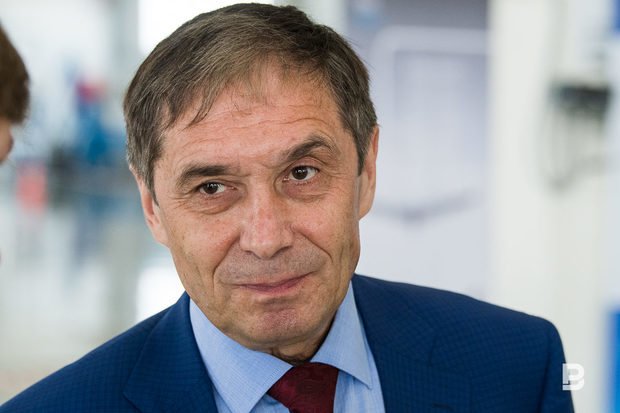
During the discussion of the development of business aviation in Russia, the indicators of this segment in other countries were announced. The largest business aviation is American one, it has 14,100 aircrafts. The second place is taken by Europe, where more than 3,400 aircrafts are used. In the United States, business jets annually fly more than 1,3 million hours. There are more than 14,000 business aviation operators in the world.
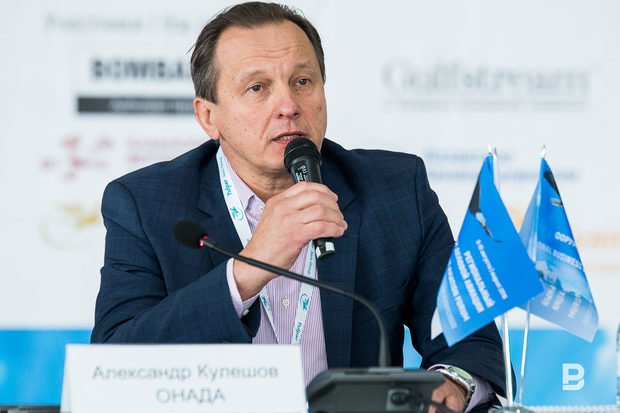
Alexander Kuleshov, Chairman of the board of RUBAA, said that there are 14 domestic operators in business aviation and 19 airlines engaged in commercial transportation. On average, in the fleet of each operator there are about three aircrafts, in commercial traffic one airline accounts for 3,5 aircrafts. In total, about 100 aircraft are registered in business aviation in Russia.
''The number of flights each year is a little less than 40,000 units, and the number of passengers is more than 120,000 people. The total number of flights over 2014-2017 was constantly reduced. In general, the number of flights decreased by 32% compared to 2013. But in 2017, the number of flights increased by 2,5%, business aviation transported by 3,2% more passengers than in 2016,'' Alexander Kuleshov said.
The number of domestic aircrafts in business aviation is decreasing
In 2017, the growth trend of Russian airlines remained unchanged. Domestic operators constantly won the market, and foreign ones reduced the market share for economic, political reasons. The business aviation fleet consists of foreign jets such as Gulfstream-450, 650, Falcon-900, 2000, Bombardier.
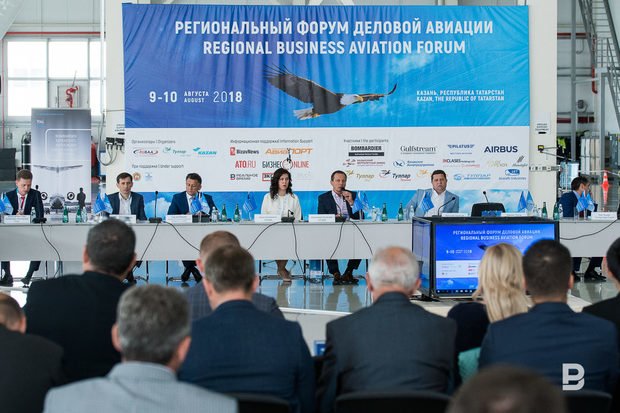
Domestic aircrafts in business aviation are practically not used. ''We know that there are super-large Tu-204 aircrafts on the market, there is a programme of modernization of the fleet, but the number of domestic jets is measured in units. A separate programme is dedicated to re-equipment of Sukhoi Superjet 100. I cannot but name the exact number of aircrafts produced, probably more than 10 aircrafts created in the class SBJ (Sukhoi Business Jet),'' said Alexander Kuleshov.
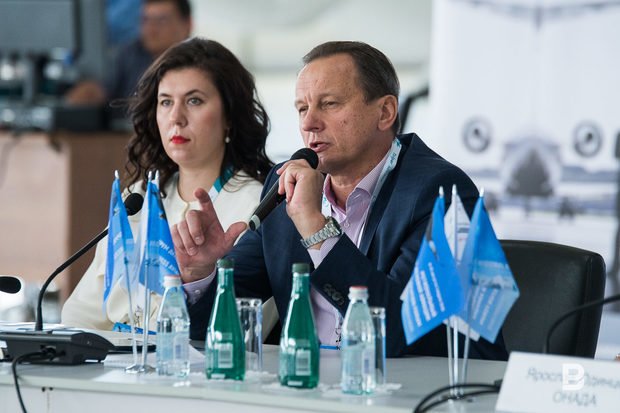
The expert added that Sukhoi Superjet lacks an airstair, which is mandatory for business aircraft, and it needs additional fuel tanks. In this case, the flight range will be increased, they plan to ensure non-stop flight at a distance of more than 7,000 km.
''To date, 94 aircrafts are operated by Russian airlines. Certainly, it is a little compared to Europe. Our air carriers are far from noticeable, but when we talk about the industry, we are talking about airports, terminals, service companies. A foreign or Russian aircraft is serviced by domestic companies or foreign companies that have obtained a license in our country. These companies also form the business aviation industry. In general, the increase in flights and passengers boost this industry, increase it,'' Alexander Kuleshov told the correspondent of Realnoe Vremya. He expects that the results of 2018 will also be positive by the number of flights in business aviation. The performance may be affected by the World Cup and the peak load of air carriers during the economic forum in St. Petersburg.
Positive effect of anti-Russian sanctions
President of the National Air Law Association Sergey Yuryev raised the issue of the sanctions at the meeting. He reminded that in 2014 the EU sanctions were applied to the airline Dobrolet for flights to Simferopol. The air carrier was forced to terminated the air communication, and a year later the elimination of the operator was announced.
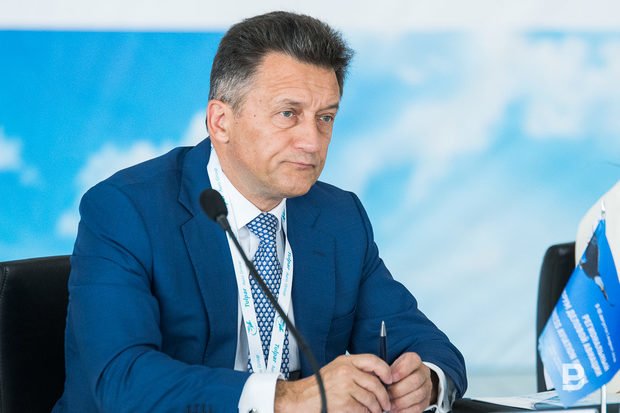
''Sanctions from a legal point of view are a legitimate action of the state in response to the illegal actions of any offender. With this approach, we, as citizens of Russia, cannot agree that we are declared offenders,'' said Sergey Yuryev. In 2014, 178 aircrafts were included in the sanctions list. Meanwhile, sanctions are not a new phenomenon: for the first time the US used them in 1812. They were introduced in respect of the Soviet shipbuilding industry in 1939, in 1981-1983 they were used against the company Aeroflot.
''In our opinion, for real protection against sanctions, it is necessary, first of all, to carry out legal and technical examination of the circumstances of the aircrafts commissioning. Based on the analysis, take protective measures against a particular owner. In our opinion, it is necessary to develop institutional solutions for the protection of operators in the field of business aviation at the level of the federal law,'' said Sergey Yuryev.
According to Azat Khakim, the sanctions has affected the Russian economy as a whole, the business aviation — its litmus test, but the industry did not go in the red. ''The sanctions allowed those who work in the field of maintenance, creation of aircraft interiors, to increase their competence and the market share. If earlier, without thinking, they bought abroad, now they turn to us. As for maintenance and interiors, our performance has increased by 15-20% since 2014, it turns out that the growth was 5% a year,'' Azat Khakim commented on the impact of the sanctions.

Among the positive changes in the business aviation market, he highlighted the fight against gray cabotage. Western air carriers used to work on the Russian market, although the legislation prohibited it. Now they began to fight against them, which allowed domestic airlines to increase their share in the Russian market in the business aviation segment. ''Foreign operators used to fly to the territory of the Russian Federation, took passengers here and transported them within our country, which was prohibited. Now a real struggle has begun, and the share of orders for Russian aircrafts has increased,'' Azat Khakim added.
The volume of the business jets maintenance market — 650 million dollars
At the forum they highlighted the experience of business aviation during the World Cup. For example, the business aviation centre Vnukovo 3 exceeded the figures: it served more than 326 flights during the matches. Director General of RusAero Civilian Aviation Service Centre Sergey Trofimov shared the experience of transportation organization during Formula 1, the World Cup, economic forums. No matter what city business flights of RusAero come, they are met by the airline staff. The involvement of local staff is a dead-end direction, as third-party employees not always can be controlled.
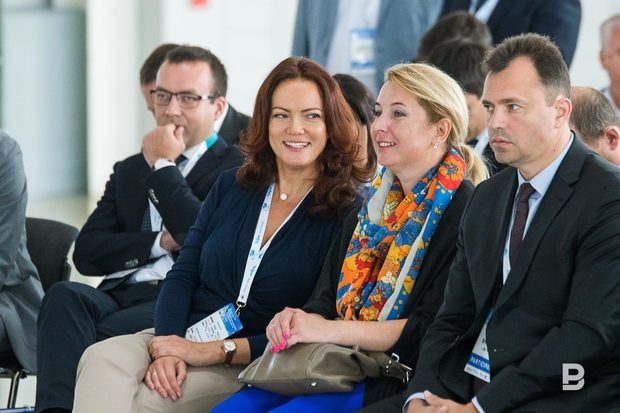
The company has developed a legal framework, instructions for the maintenance of the air cruiser for all employees who go to work at regional airports. Wherever the aircraft arrives, passengers and crew must meet according to the standard, according to the same requirements. During mass events, the airports monitor slots (the time allocated at the airport to the flight to perform the operation of arrival or departure at a certain date or period, restrictions on parking are introduced — editor's note). If the flight arrives not for the match or business forum, the airports may refuse to provide a slot for incoming flight. In 2017, some airports introduced reversible slots.
From the World Cup, the forum participants moved to the pressing issues — maintenance and repair of aircrafts. Timofey Kravtsov, Deputy Director General — Chief Engineer of Tulpar Aero Group, said that the segment of aircraft maintenance business is not developing as intensively as the operation, and does not keep up with the volume of the fleet. Organizations engaged in the service of aircrafts can be counted on one hand.
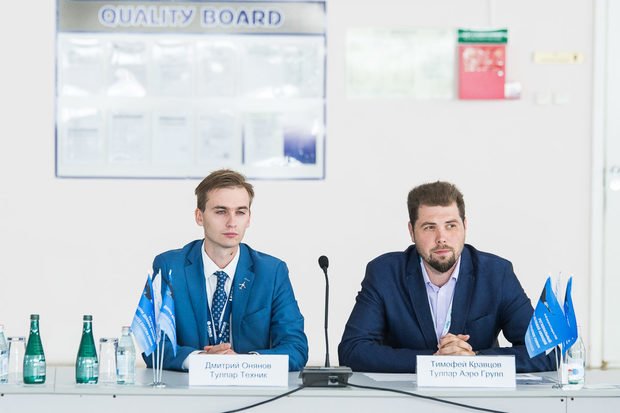
Approximately 1,100 aircrafts are involved in commercial passenger transportation, the fleet of business aircrafts consists of 500 units, slightly less than a hundred of which have Russian registration, the rest are registered abroad. Tulpar Technic evaluates the market segment of aircraft maintenance at $650 million.
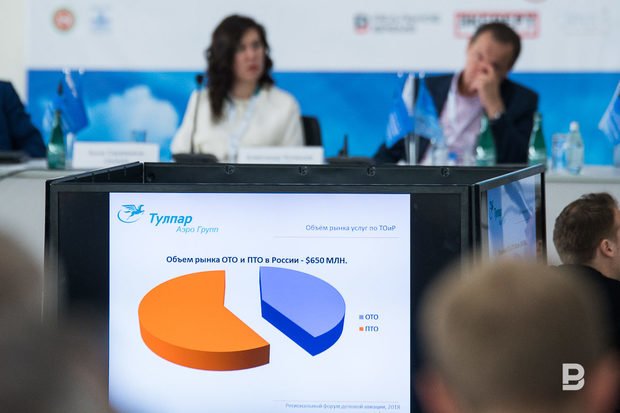
''It is a large market, which remains unattractive for active development. The main reasons are a large variety of the fleet, which leads to significant investments in staff training. There are aircrafts that are operated in only a few types,'' said Timofey Kravtsov. Maintenance is not an attractive niche and due to the small average annual time on the wing of the aircrafts and the lack of hangar space.
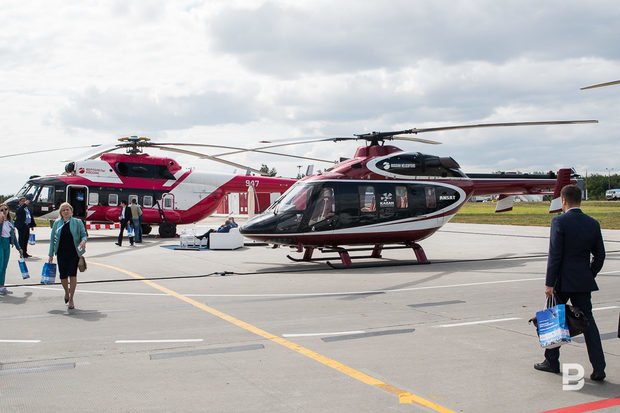
Having discussed maintenance and business aviation infrastructure development projects at Kazan International Airport, the forum participants visited the exhibition of business aircrafts and helicopters. The guests sit in a miniature cabin of Honda HA-420, assessed the interior of American Gulfstream 650. The exhibition also featured Challenger 300/350, Global 5000/6000, Pilatus PC-12NG, L-410, the helicopters Agusta Westland AW139, Airbus H125, Robinson R-44, Mi-8MTV-1, Kazan Ansat.